On July 10, a team made up of Nebraska's state archaeologist and two teammates started their excavation on a long-closed Native American boarding school. The main objective of the excavation was to find the bodies of dozens of children who presumably died and have been lost for decades. However, their effort did not reveal the bodies of Indigenous children killed at the boarding school
On July 10, a team made up of Nebraska's state archaeologist and two teammates started their excavation on a long-closed Native American boarding school. The main objective of the excavation was to find the bodies of dozens of children who presumably died and have been lost for decades. However, their effort did not reveal the bodies of Indigenous children killed at the boarding school.
Figure 1. The excavation team at the Genoa Boarding School. (Aaron Bonderson/Nebraska Public Media News)
The excavation team’s ground-penetrating radar had shown there was something under the ground. However, in the first four days of the research, no human remains were found. Nebraska state archaeologist Dave Williams stated that the search will continue next week, yet the exact date is unclear.
A Dark History
Genoa Indian Industrial School was part of an American national system of over 400 boarding schools aiming to "integrate Indigenous people into the white culture."
The schools aimed to achieve their goal by separating Indigenous children from their families and forcing them to leave their identities behind. They were all given new names and a new culture.
Genoa opened in 1884 and was home to nearly 600 students from more than 40 tribes nationwide. And when the school closed in 1931, most of its buildings were already demolished years ago.
Residents of Genoa, researchers and officials have been looking for the lost cemetery, where the bodies of around 80 students are thought to be buried.
The Excavation Took Days
Judi Gaiashkibos, the executive director of the Nebraska Commission on Indian Affairs, is a vocal supporter of the cemetery effort. Also, for Gaiashkibos, this excavation has personal importance, as her mother attended the school in the late 1920s.
According to Gaiashkibos, it is difficult to spend time around the community due to its grim past. Nevertheless, it is also vital to carry out excavations to uncover what happened to a myriad of Indigenous children.
Various records, newspaper clippings and a student's letter show that at least 86 students died at the school. Although most of the deaths were caused by diseases and illnesses, there was at least one death by accidental shooting. Researchers were able to identify 49 of the children killed. While the bodies of some were returned to their families, others are believed to have been buried on the school grounds.
According to Williams, if the excavations uncover human remains, they may rebury them, create a memorial and return the bodies to their tribes. Researchers believe that DNA can show the region each child was from.


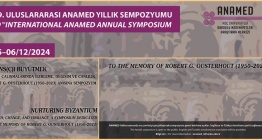
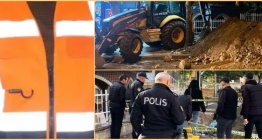
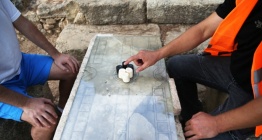
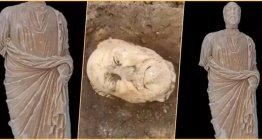


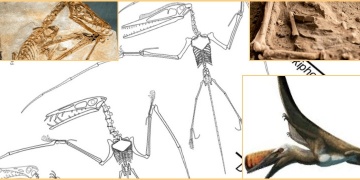 Yaklaşık 150 milyon yıllık Bavyeralı kılıç kuyruk fosili 'pterozor'ların soy ağacını değiştirdi
Yaklaşık 150 milyon yıllık Bavyeralı kılıç kuyruk fosili 'pterozor'ların soy ağacını değiştirdi 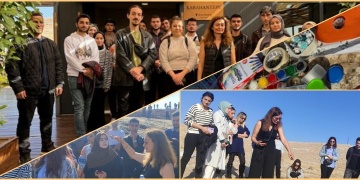 Karahantepe'de Sanat Terapisi ve Arkeoloji Buluşması gerçekleştirildi
Karahantepe'de Sanat Terapisi ve Arkeoloji Buluşması gerçekleştirildi  Gelibolu'da kanalizasyon çalışması yapan işçiler yaklaşık 100 yıllık 50 top mermisi buldu
Gelibolu'da kanalizasyon çalışması yapan işçiler yaklaşık 100 yıllık 50 top mermisi buldu 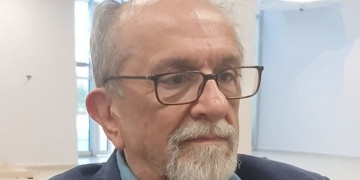 İstanbul Üniversitesi öğretim üyesi arkeolog Doç. Dr. Erhan Bıçakçı vefat etti
İstanbul Üniversitesi öğretim üyesi arkeolog Doç. Dr. Erhan Bıçakçı vefat etti 




